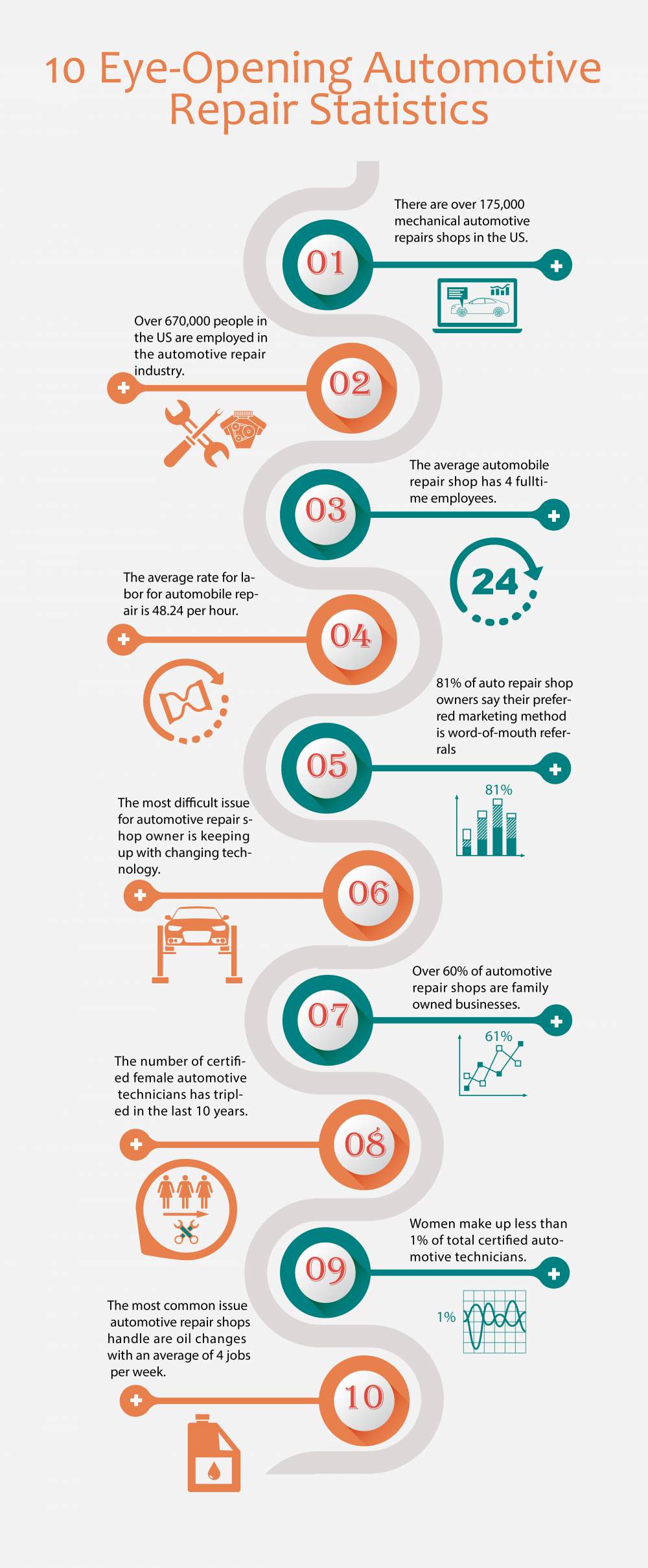Seeking Clarity On The Caution Lights Showed On Your Automobile'S Dashboard? Figure Out Just How They Relate To Your Vehicle'S Health And Safety
Seeking Clarity On The Caution Lights Showed On Your Automobile'S Dashboard? Figure Out Just How They Relate To Your Vehicle'S Health And Safety
Blog Article
Posted By-Lauritsen Shepherd
When you're behind the wheel, those glowing warning lights on your control panel can be a little bit puzzling. Do you know what they're attempting to tell you concerning your vehicle's health and wellness? Recognizing the importance of these lights is vital for your safety and the long life of your lorry. So, the next time among those lights appears, wouldn't you intend to decipher its message properly and take the needed actions to address it?
Common Caution Lighting and Interpretations
Identify common warning lights in your car and recognize their definitions to make certain risk-free driving.
The most regular warning lights consist of the check engine light, which signals problems with the engine or discharges system. If this light begins, it's vital to have your lorry inspected promptly.
The oil stress cautioning light suggests low oil pressure, calling for prompt focus to prevent engine damages.
A blinking battery light might recommend a damaged charging system, possibly leaving you stranded if not resolved.
The tire stress monitoring system (TPMS) light signals you to low tire stress, influencing automobile security and fuel efficiency. Disregarding boat valet can cause risky driving problems.
The abdominal light suggests an issue with the anti-lock braking system, endangering your capacity to stop quickly in emergency situations.
Finally, the coolant temperature level cautioning light warns of engine getting too hot, which can result in serious damage otherwise solved swiftly.
Comprehending these usual warning lights will certainly help you deal with issues without delay and keep secure driving problems.
Significance of Prompt Attention
Recognizing the typical caution lights in your auto is only the very first step; the significance of promptly attending to these cautions can't be emphasized sufficient to ensure your safety when driving.
When a caution light illuminates on your dashboard, it's your vehicle's way of communicating a prospective concern that requires interest. Neglecting https://connecticut.news12.com/alert-center-suspects-sought-after-15-buses-damaged-in-east-northport can lead to more severe problems down the road, compromising your safety and possibly costing you extra out of commission.
Trigger focus to cautioning lights can avoid malfunctions and accidents. For example, a blinking check engine light could show a misfire that, if left unattended, might cause damage to the catalytic converter. Addressing this promptly can conserve you from an expensive repair work.
In a similar way, a brake system alerting light may indicate low brake liquid or used brake pads, critical components for your security when driving.
DIY Troubleshooting Tips
If you notice a caution light on your control panel, there are a couple of do it yourself repairing ideas you can attempt prior to seeking professional aid.
The primary step is to consult your cars and truck's guidebook to recognize what the certain warning light suggests. Often the issue can be as simple as a loose gas cap activating the check engine light. Tightening up the gas cap may deal with the trouble.
An additional typical issue is a low battery, which can trigger numerous warning lights. Inspecting the battery links for rust and guaranteeing they're safe might fix the problem.
If a caution light continues, you can try resetting it by disconnecting the cars and truck's battery for a few minutes and afterwards reconnecting it. Additionally, checking https://brakechangecost39505.bligblogging.com/30836041/assessing-your-automobile-s-caution-indicators-what-they-really-communicate , such as oil, coolant, and brake fluid, can help fix cautioning lights connected to these systems.
Conclusion
Finally, comprehending your cars and truck's warning lights is necessary for keeping your automobile running smoothly and securely. By quickly resolving these signals and knowing what they imply, you can stay clear of expensive repair work and prospective breakdowns.
Bear in mind to consult your automobile's handbook for certain details on each alerting light and act accordingly to guarantee a hassle-free driving experience.
Keep informed, stay secure when traveling!
